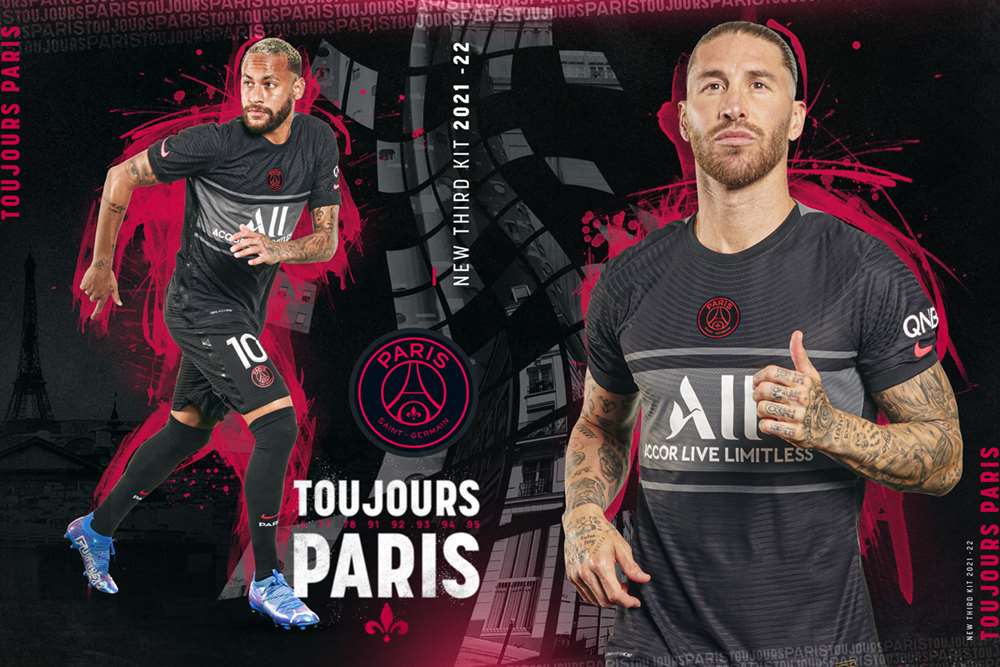When Football Went Fashion
How did fashion go into football? Their relationship is nothing new that it dates to 50 years ago in the 1970s. It started with the fans who became style pioneers with their casuals, wearing Stone Island and Fila that led to the so-called terrace fashion. Up until today this fashion has continued and apparently is much more influential than before.
Not just the supporters of the 70s and 80s that were into fashion. The sports business also took the leap and pushed fashion into football with a more commercial purpose rather than functional purposes. Even the footballers themselves, from David Beckham to Arsenal’s Hector Bellerin, are seen to have been in the front rows of Fashion Week. This brings fashion further into the field.
From the 1980s, football was not meant to be a sport, only that they did it occasionally in parallel to their jobs. But when the sport was accepted and adorned worldwide, men dedicated only to football thinking that they could leave their jobs and just be footballers. Football leaped to a different level with the fashion industry developing. Sponsors in jerseys or football kits turned football into a much more commercialised turning it into a business offering money to the best players. One example was when Johan Cryuff had a contract with German brand Puma, he refused to wear Netherlands national team uniform in 1974 that has Adidas’ three stripes logo as the sponsor. Also, at the beginning of the 1970 World cup final, Pele was seen bent down to tie his boots as he was paid 120,000 dollars by Puma and it did capture the attention of all viewers in the world.

These days, we see sportswear dominating men’s fashion with all adorned football culture. The younger generation does play a part in influencing the aesthetic power of streetwear for inspiration. Brands were no longer offering just plain T-shirts and other sportswear, there was even a brand dedicating its products to football jerseys. Streetwear and luxury clothing brands have united, expanding their door to new markets. Just like Nike with its brand Jordan, they signed with Parisian Club, Paris Saint-Germain for their 2019/2020 and 2020/2021 and the latest 2021/2022 home kits. Ordinary football tops have become trendy in recent years and were seen to be worn prominently in music videos and on stage. The entire collection was sold heavily and bestsellers before and after the game.

That sportswear is no longer just in the field, it has become streetwear and loved by many. We can see people wearing jerseys on the street or, like Drake wears them all the time and Alex from Glasto wore it on stage.

Then there was the 2018 Nigeria World Cup kit which became a hot piece for the casual fans as well. Resellers went crazy for it as it became on trend, and it’s already been re-released several times. Jerseys, tracksuits, and training wear were once worn by club physios only but now it is deeply fashionable in the era of athleisure. Many more collaborations and sponsorships happen between players and brands with even footballers becoming the ambassador or representative of that brand. This follows the brand image creation and linking personalities to make brands more of a person and relatable.

